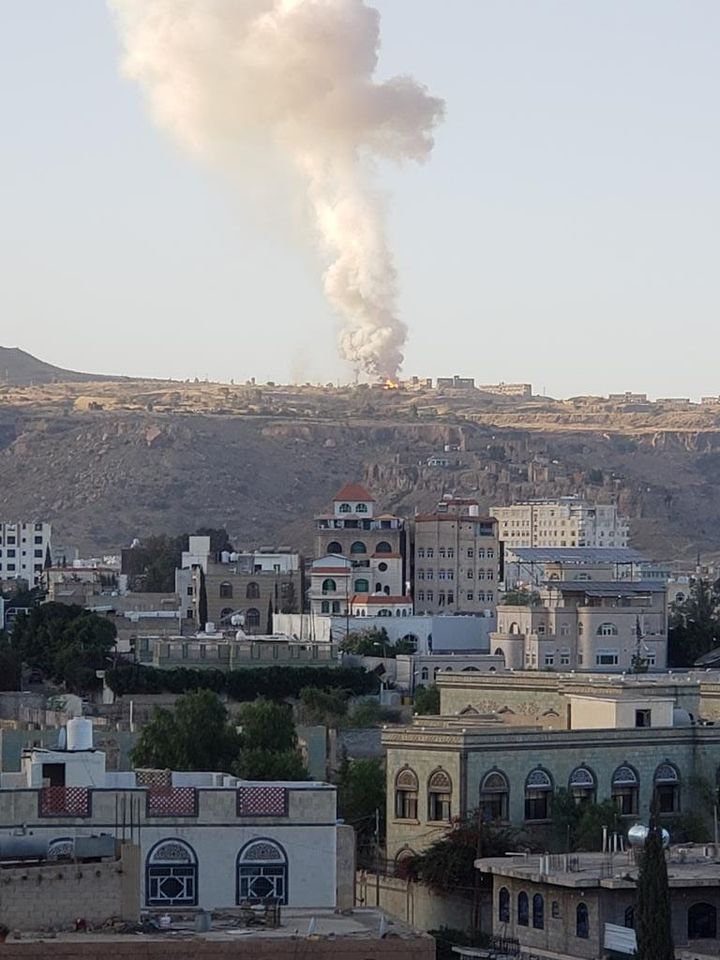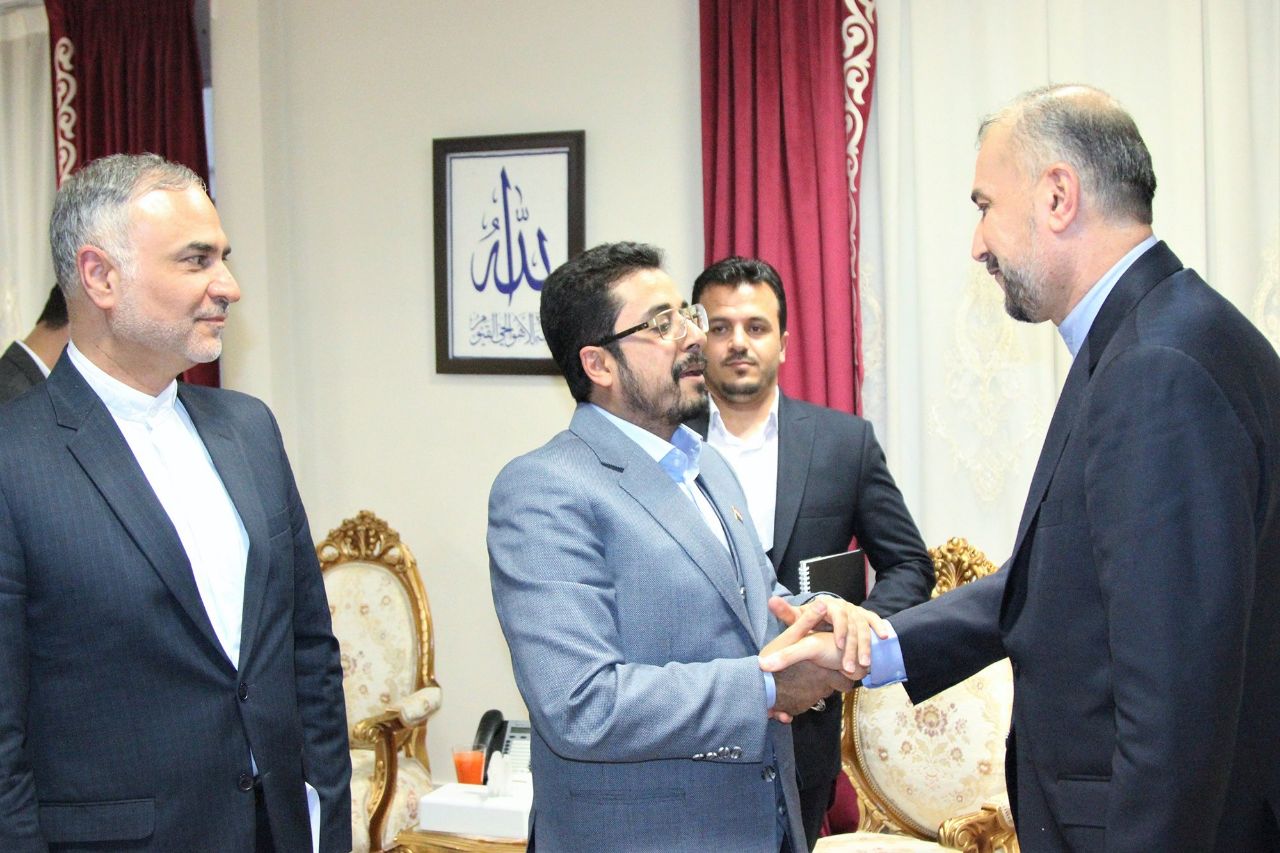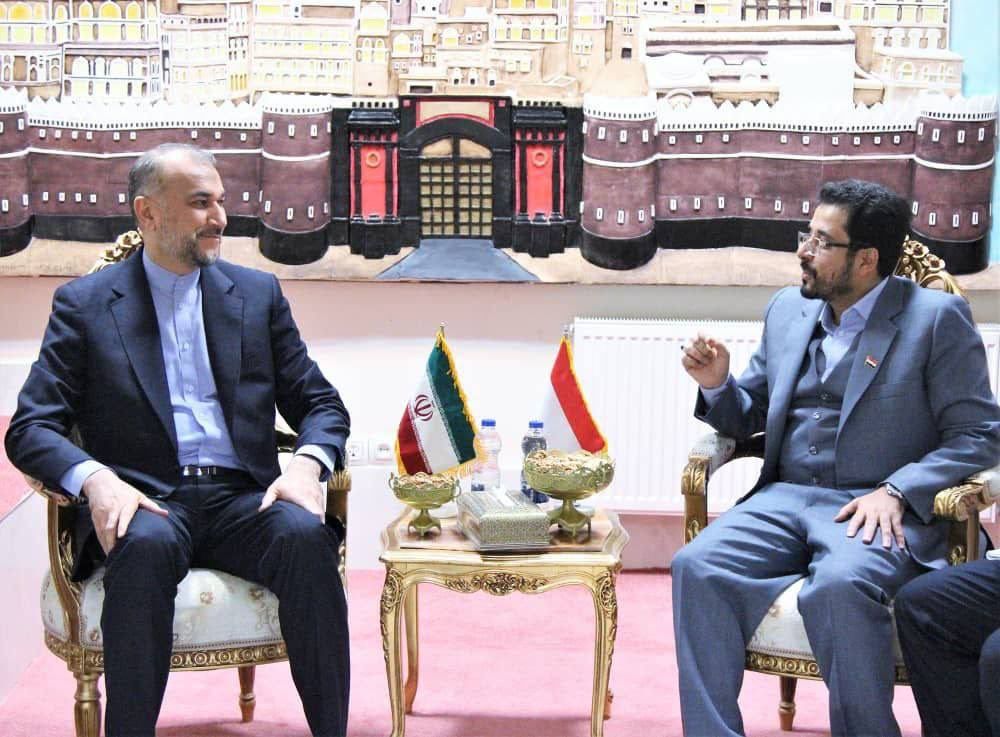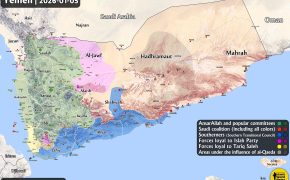Latest Updates On Yemen, 3 December 2023

The Israeli regime’s army spokesperson has ruled out some reports by Arab media outlets on airstrike by Israeli fighter jets the Yemeni capital Sana’a.
1. Sana’a:
– Reports of an airstrike by unidentified fighter jets on the city of Sana’a on November 30 are not correct. The incident was caused by the explosion of leftover bombs from previous Saudi-led coalition airstrikes and the explosion caused a fire in the Jabal Atan mountains. Israel Defense Forces Rear Admiral who serves as the head of the IDF Spokesperson’s Unit Daniel Hagari said that the Israeli army had no connection to the recent fire in Sana’a.
After the fire in the mountains of Sana’a, some media outlets affiliated with the Saudi-led coalition claimed that Israeli fighter jets had attacked Ansar Allah movement’s drone manufacturing centers in Sana’a. In addition to being denied by Ansar Allah officials, this claim was also ruled out by the Israeli army spokesperson.



– On December 2, the Yemeni Air Force that has been trying to repair and operate its fighter jets, succeeded in flying a fleet of MiG-29 fighter jets. Following the outbreak of the war on Yemen and the Saudi-led coalition’s invasion of the Arab country, the Yemeni army had 25 MiG-29 fighter jets of the SMT and UBT classes, and it is unclear how many of these fighter jets remain intact and capable of flying and carrying out aerial operations.
2. Sa’ada:
– On December 2, as a result of shooting by Saudi-led coalition military personnel towards Yemeni civilians in the border area of Al-Raqu in the Munabah area, one person was killed.
– On December 3, the Saudi-led coalition drones bombed the Al-Ali area in Razih border district.
3. Marib:
On December 2, following an armed confrontation between al-Daham tribes and the Yemeni Congregation for Reform (Al-Islah Party) militants on the Al-Abar Road towards Al-Wadea border crossing, one of the tribal militants was killed. This clash occurred after the Daham tribes demanded the release of two of their young men from prisons of groups affiliated with the Saudi-led coalition.
4. Israeli media: The control of our Yemeni friends, who are under the protection of Saudi Arabia and the United Arab Emirates (UAE), over the Bab-al-Mandeb coast does not have good results for us because the Houthis (Ansar Allah movement fighters) have missiles that can target any ship passing through the Red Sea and the Gulf of Aden.
5. On November 30, USS Carney, which is the 14th Arleigh Burke-class destroyer in the United States Navy, claimed to have shot down a Yemeni army drone in the Red Sea.
6. On December 1, Brigadier General Yahya Saree, spokesperson for the Yemeni Armed Forces, announced that the armed forces of the Arab country are ready to resume attacks against the Israeli regime in response to the demands of the great people of Yemen and the call of Arab and Islamic freedom fighters to resist. He also emphasized that if Israel resumes attacks on the Gaza Strip, Yemeni armed forces will not hesitate to expand their military operations against them from land and sea and continue to seize and block Israeli ships in the Red Sea.
7. On November 30, Iranian Foreign Minister Hossein Amirabdollahian visited the Yemeni embassy in Tehran and met with Yemen’s Ambassador to Tehran Ibrahim Mohammad Al-Dailami, and appreciated the Arab country’s position in supporting the people and resistance of Palestine. Amirabdollahian considered Yemen’s stance in support of Palestine as an excellent example of an Arab-Islamic country’s support for the Palestinian cause.



8. On December 1, some Arab media outlets claimed that the US army’s naval fleet had confronted Yemeni army’s cruise missiles and suicide drones in the northern Red Sea.
9. In response to the presence of Isaac Herzog, the head of the Israeli regime, at the UAE meeting, Spokesperson for the Ansar Allah Movement Mohammed Abdul Salam said that hosting the head of the enemy regime by the UAE is politically and morally condemned and encourages continued heinous crimes against the people of the Gaza Strip. The humanitarian environment is contaminated with Israeli crimes and those who encourage, support and help it, and this requires holding a meeting to confront it, Abdul Salam noted.




Comment